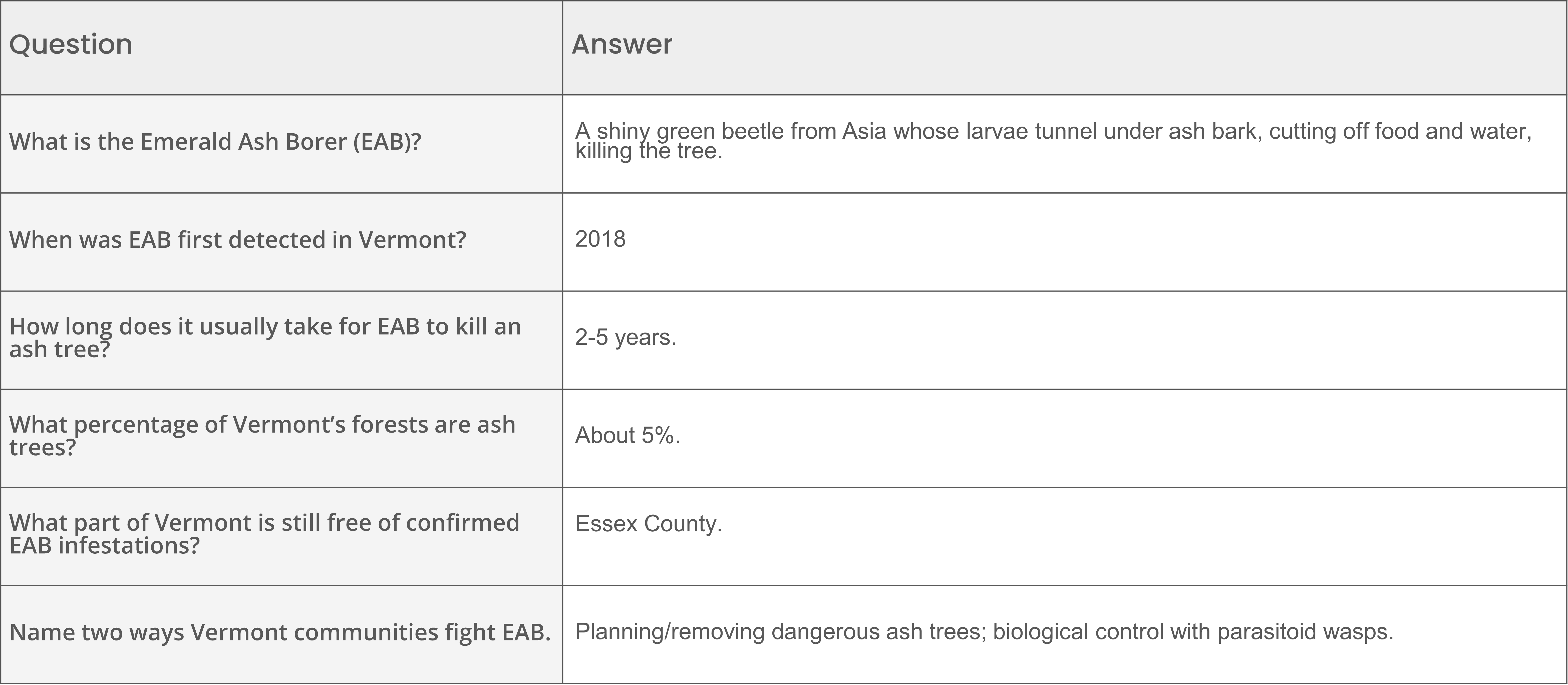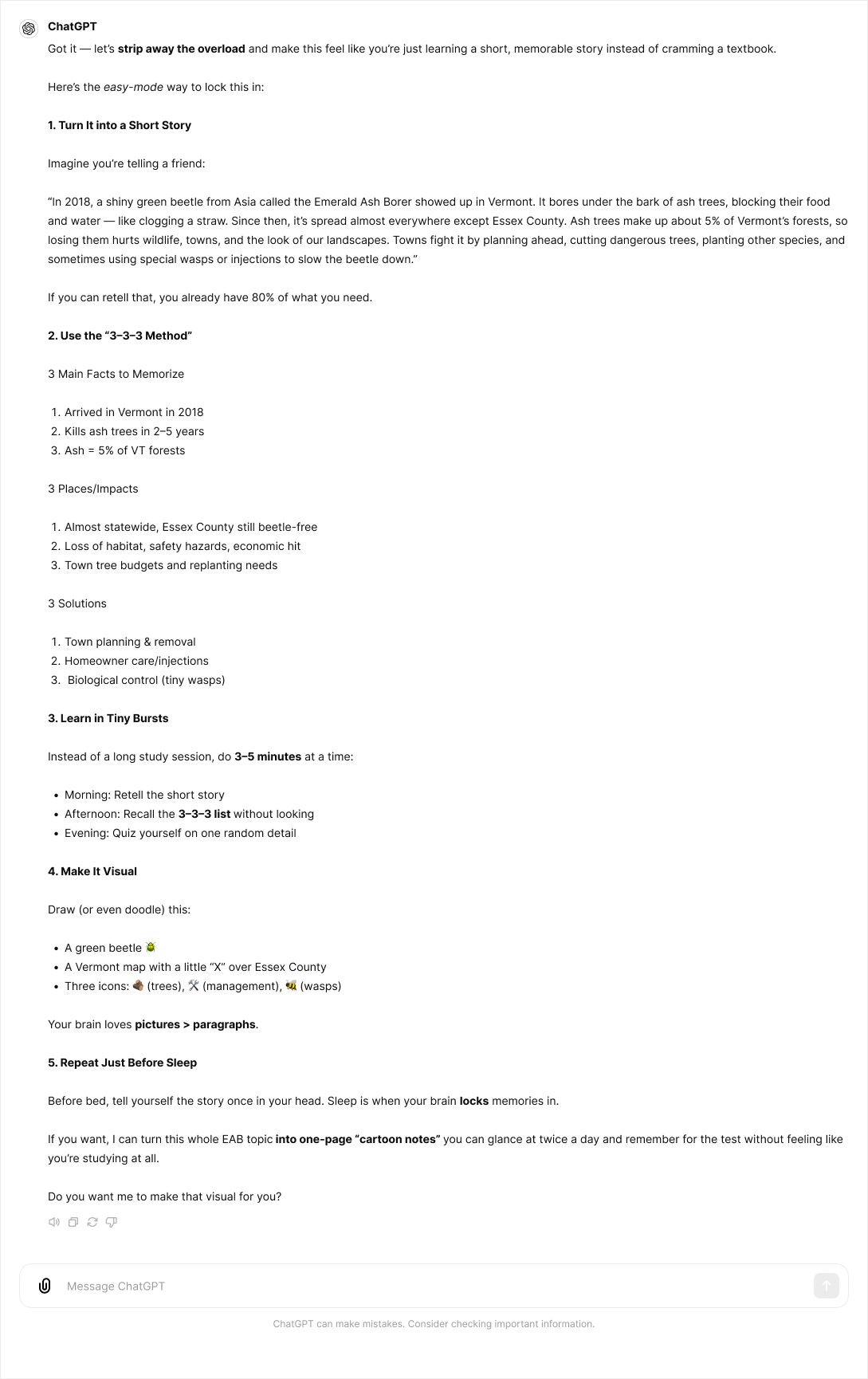I Tried ChatGPT’s Study Mode to Build Better Learning Habits—Here’s What Happened



By Dr. Joy VerPlanck
As a student, my study skills were nothing to brag about. I was the one who highlighted entire pages, made color-coded flashcards, and occasionally woke up with drool on my textbook. Memorization was my main strategy, and I carried that habit well past graduation.
When I later started preparing for an industry certification, I bought an online study program, made more flashcards, and drilled the same questions over and over. It had worked for degrees, so I assumed it would work here too. Six months later, I passed. Flashcards for the win.
Within a year, most of that knowledge had faded— just like my high school geometry. The real learning came through using it on the job, talking with others about the parts that mattered, and filling gaps through a steady diet of targeted Googling.
Since then, I’ve learned much more about how the brain processes and retains information. I still love to learn, but my old approach offered little lasting benefit. So I tried ChatGPT’s Study Mode to see if it could give me a better way.
The answer was yes—with an asterisk.
What Study Mode Does
Study Mode is a feature in ChatGPT, available to all OpenAI users, that supports active learning. According to the bot, it’s designed around evidence-based learning principles, including retrieval practice, spaced repetition, scaffolding, metacognitive awareness, elaborative interrogation and dual coding, and adaptive learning. You can choose from flashcards, quizzes, open-ended questions, or concept explanations. The format is flexible enough to work with different learning preferences (even AI is smart enough not to say learning styles) and goals.
Unlike static study tools—such as a printed study guide or a list of key terms with no interaction—Study Mode prompts you to recall, reflect, and retrieve information in chunks. Those steps align with how learning becomes durable and transferable, by interacting with material in ways that strengthen understanding and memory.
Does It Work As Designed?
My first real test of Study Mode came when I decided to learn about the Emerald Ash Borer and its impact in my home state of Vermont. It broke the material into manageable chunks, used questioning to reinforce recall, and created flashcards I could use in Anki or Quizlet.

When the amount of information felt overwhelming, I prompted it to shift from detailed outlines to short memory hooks and smaller steps. That adjustment helped me stay engaged.

It also reminded me of something important: AI doesn’t always get it right the first time. At one point, when I asked for a source, ChatGPT gave me a broken link. Finding the real source became part of the lesson. For me, that reinforced the need to be critical; verify information and practice finding alternate routes to reliable answers—these digital literacy skills are increasingly essential in an AI-driven world.
The more I worked with Study Mode, the clearer it became that my input was key. I had to set the pace, ask for the formats that worked for me, and frame prompts in ways that matched my goals. The flashcards were most effective when I told it there might be a test. The short, story-based explanations made concepts stick without overwhelming me.
Study Mode won’t replace my need for study discipline, but when I shaped it to match my preference for small steps, it became a tool that helped me learn faster and in a way that fits how I think. I expect it will also help me remember longer. (Check back in a year to see if I can still explain the Emerald Ash Borer.)
Useful for Educators, Students, and Beyond
The concepts behind Study Mode can support learners from many directions:
- Educators and facilitators can use it to model how to break down complex ideas, guide discussion, and create formative checks for understanding.
- Students of all ages can apply it to absorb new material, reinforce course content, or prepare for exams with a more active and personalized approach.
- Groups and individual learners can work toward standards and proficiencies in a structured, conversational way that adapts to their progress.
While Study Mode is new for OpenAI, the approach is familiar to anyone who has worked with CheckIT LMS. As a feature consultant for CheckIT Learning, I’ve seen these principles—adaptive questioning, retrieval practice, and scaffolded support—embedded in real classrooms and training environments for more than a year. In CheckIT, these strategies are core features, refined with feedback from educators, neuroscientists, technologists, and learners across disciplines.
For anyone interested in how AI-driven study tools can become part of a complete learning ecosystem, it’s worth exploring ChatGPT Study Mode and then comparing it to the more robust version already embedded in CheckIT LMS. Both use evidence-based learning strategies, and CheckIT combines them with tools for collaboration, assessment, and progress tracking in one platform designed with AI for the way individuals actually learn.

Dr. Joy VerPlanck holds a Doctorate in Educational Technology and a Master of Science in Organizational Leadership. She has over two decades of experience in instructional design and behavioral science, having helped develop practical solutions at the intersection of people and technology. Joy often writes about cognitive load and creativity as levers to enhance performance.



